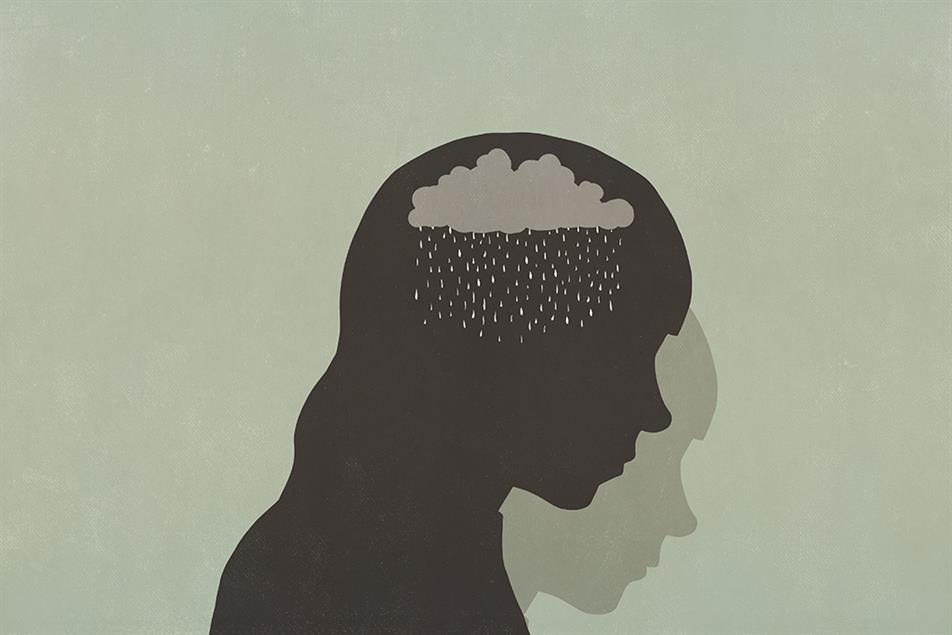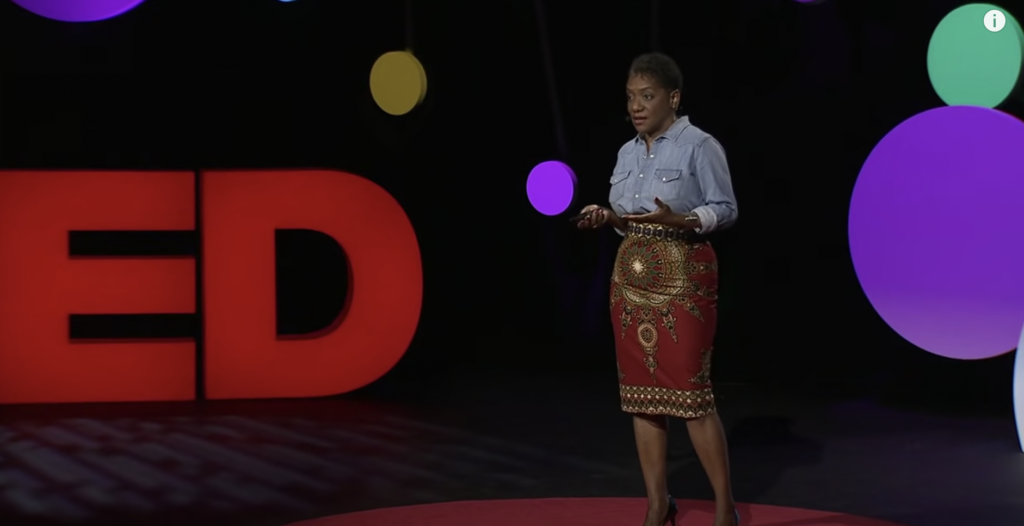Workplace Diversity
Introducing the Issue
Evidence strongly suggests that an inclusive workplace is a happier and more productive one. Further, in the UK it is illegal to discriminate on age, disability, gender reassignment, marriage or civil partnership, pregnancy and maternity, race, religion or belief (including a lack of), sex and sexual orientation. Some say social class and body type should also be added. Is your company a diverse and inclusive one, at all levels?
Is your Workplace Diverse and Inclusive?
What is your company’s approach to workplace diversity? Do you have policies or practices developed? Have you taken a position? Perhaps this isn’t an issue that you need to worry about right now? We’ve developed benchmarks that attempt to define Poor, Okay, Good and Excellent company performance standards on workplace diversity.
You are invited to assess your business against these benchmarks, for free and without obligation.
Workplace Diversity
Follow this link to:
1 – choose your score
2 – add a few lines by way of explanation to describe your policies and practices
3 – enter your email address so that we can get back to you
4 – submit
Nothing you submit will be published or shared.
Exploring the Issue
A diverse workplace is one in which a multitude of differences between employees are evident in respect of their age, gender, ethnicity, sexuality, religion (see more on ‘protected characteristics below) and in terms of life experiences, attitudes and beliefs.
An inclusive workplace is one in which every employee feels respected and valued, without needing to change anything about themselves to fit in. When inclusion is successfully fostered in the workplace, employees feel confident to be themselves.
There are moral imperatives to promoting diversity and inclusion in the workplace – it is not fair to favour or promote employees on the basis of their individual characteristics and hold back others. There are also strong business imperatives to promoting diversity and inclusion in the workplace – there are swathes of research that indicate such organisations thrive in comparison to those which are not diverse and inclusive.
A healthy organisational culture requires inclusivity and making everyone welcome, regardless of any characteristics they might hold or aspects of their identity. Additionally benefits to businesses for having higher diversity include:
- Better outcomes for innovation-focused tasks
- A wider mix of talents, ideas and perspectives to draw on
- A greater understanding of the values, expectations and preferences of customers and all their stakeholders
- Access to a wider pool of labour from which to recruit and retain staff
- Confidence within the staff that promotion is based on merit, which helps retain talent
Many individuals today face discrimination or barriers to professional success as a result of certain characteristics. Women are still underrepresented at the top of business, making up only 30.7% of FTSE 250 boards, while ‘disabled workers move out of work at nearly twice the rate of non-disabled workers’.
The Equality Act of 2010 is important to understand, as it protects individuals from harassment or discrimination based on 9 protected characteristics:
- Age
- Disability
- Gender reassignment
- Marriage or civil partnership (in employment only)
- Pregnancy and maternity
- Race (including ethnicity and nationality)
- Religion or belief (including a lack of)
- Sex
- Sexual orientation
However, the legislation does not cover all aspects of diversity. UK law doesn’t address discrimination relating to class and socio-economic background, travelling lifestyle, weight, personality type, and much more. This means that it is up to businesses to sometimes go above and beyond the law, if possible, to ensure that people who are not protected by the law are not at a disadvantage in society.
Definitions
Blind hiring – A hiring practice where identifying markers that indicate gender, race etc., such as name and date of birth, are removed from applications to reduce the impact of bias.
Cisgender – A person whose gender identity conforms to the gender they were assigned at birth, in contrast to a transgender or gender non-conforming individual.
Cognitive Diversity – Diversity in which team members have different perspectives and different styles of processing knowledge.
Direct discrimination – Treating one person worse than another because of a protected characteristic (known as direct discrimination).
Diversity – ‘Diversity in the workplace’ implies creating an inclusive environment: one which recognises and embraces people’s differences; which encourages and provides opportunities for all to achieve their full potential; and which in turn allows the organisation to reach as wide an audience as possible.
Equality – ‘Equality’ is about the opportunity for all, creating a fairer society where every individual can participate and has the opportunity to fulfil their potential, free from prejudice and discrimination. In a workplace, this could mean providing equal parental leave and pay for men and women, and adoption leave.
Equity – ‘Equity’ recognises that not everyone is starting from the same position and that treating individuals in the same way will not address this initial inequality. As such, it means that employees’ differences are acknowledged, and any special measures to accommodate these differences are in place to reach equality of outcome.
Gender expression – This is how a person chooses to outwardly display their gender. Someone whose gender expression does not conform to traditional interpretations of gender is not necessarily transgender.
Gender identity – A person’s ‘gender identity’ is their innate sense of their gender. This can differ from the gender they were assigned at birth, or may not conform to either male or female.
Harassment – ‘Harassment’ includes unwanted conduct related to a protected characteristic which has the purpose or effect of violating someone’s dignity or which creates a hostile, degrading, humiliating or offensive environment for someone with a protected characteristic.
Inclusion – ‘Inclusion’ occurs when every individual in the workplace feels valued, without needing to change anything about themselves to fit in. When inclusion is successfully fostered in the workplace, employees feel confident to be themselves and work in productive and healthy ways.
Indirect discrimination – Putting in place a rule or policy or way of doing things that has a worse impact on someone with a protected characteristic than someone without one, when this cannot be objectively justified.
Intersectionality – Overlapping or converging social identities experienced by an individual differentiate their experiences from those of an individual who has only one of those identities.
Microaggressions – A statement, action, or incident is regarded as an instance of indirect, subtle, or unintentional discrimination against members of a marginalized group such as a racial or ethnic minority.
Privilege – ‘Privilege’ is an advantage or set of advantages attributed to an individual or group based on identity traits. An individual may be unaware of the privilege they experience, and may also experience discrimination based on other identity traits.
Protected characteristics – ‘Protected characteristics’, as covered by UK legislation, are race (including ethnicity and nationality), disability, gender reassignment, sex, marriage and civil partnership, pregnancy and maternity, religion and belief (including a lack of), sexual orientation and age.
Returnships – High-level internships for experienced professionals who have taken career breaks, usually due to caring responsibilities.
Reverse mentoring – Schemes where younger and less senior employees mentor older, more senior members of staff to share their experiences and increase communication and understanding among different groups.
Sequential interview – Used as an alternative to panel interviews, a candidate is interviewed by several members of staff separately. This can help to avoid groupthink and maintain impartiality in the hiring process.
Structural Inequality – A ‘structural inequality’ is the result of society’s structure, rather than an individual’s actions or thoughts. So structural racism is not just an individual bias but takes place at an institutional level. These inequalities can be built into the economy, the education system, the law etc. and go beyond individuals’ best, conscious intentions.
Tokenism – ‘Tokenism’ is the practice of making only a perfunctory or symbolic effort to include underrepresented groups to give the appearance of diversity and equality within a workforce, usually by including only one or two individuals from minority groups. This can be harmful because it increases the chances of those individuals being seen as wholly representative of certain groups, such as women or young people. This fails to recognise that these groups are not homogenous, or that the people involved are individuals. Additionally, it can put additional pressure on the tokenized person to prove that they, and by extension, everyone else in that group, can succeed in that role, so that in the future others can be given the same opportunity. This can be avoided by including more than one or two individuals from the same group.
Trans – Stonewall defines ‘trans’ as an umbrella term to describe people whose gender is not the same as, or does not sit comfortably with, the sex they were assigned at birth. Trans people may describe themselves using one or more of a wide variety of terms, including (but not limited to) Transgender, Transsexual, Gender-queer (GQ), Gender-fluid, Non-binary, Gender-variant, Crossdresser, Genderless, Agender, Nongender, Third gender, Two-spirit, Bi-gender, Transman, Transwoman, Trans masculine, Trans feminine and Neutrois. Some non-western cultures recognise gender identities that do not fall within the woman-man binary.
Victimisation – ‘Victimisation’ is treating someone unfavourably because they have taken (or might be taking) action under the Equality Act or supporting somebody who is doing so.
Links & Further Resources
ARTICLES

UK Workforce Calls For More Action On Diversity and Inclusion
Culture-Shift
A new report done by Unmind found that three quarters of employees in the UK believe that mental health has impacted their careers, but a third of them do not expect to find support within their workplace. The report also found that many employees do not feel confident in their ability to help their coworkers when it comes to mental health.

Employers Are Saying They’re More Open Than Ever To Helping Employees With Mental-Health Issues. But Are Workers Happier Speaking Up?
BBC
This article looks at the impacts of the COVID-19 pandemic on mental health in the workplace. Surprisingly, studies have found that the pandemic has actually encouraged workers to be more open about mental health in the workplace but employers still struggle to find the proper ways to address it.
RESOURCES

Equality Act of 2010: Discrimination and Your Rights
Citizens’ Advice
Use this link to read up on the Equality Act of 2010 which protects workers from being discriminated against in the workplace by defining protected characteristics.
VIDEOS

How to Get Serious About Diversity and Inclusion in the Workplace
TED Talk
Imagine a workplace where people of all colours and races are able to climb every rung of the corporate ladder — and where the lessons we learn about diversity at work actually transform the things we do, think and say outside the office. How do we get there? In this candid talk, inclusion advocate Janet Stovall shares a three-part action plan for creating workplaces where people feel safe and expect to be their unassimilated, authentic selves.
